View Oxford College records in ArchivesSpace
History: Oxford Female Institute was founded in 1830 by Bethania Crocker, and officially chartered under this name in 1849. In 1852, the Oxford Female College was founded. John Witherspoon Scott was the first president of the College, following his tenure as president of the Oxford Female Institute. In 1867 the Oxford Female Institute merged with the Oxford Female College, and in 1890 the name was changed to simply Oxford College.
After a financial restructuring the College was re-chartered as Oxford College for Women in 1906, but a series of financial setbacks and increasing debts forced its closure in 1928. Oxford College for Women merged with Miami University, under the presidency of Alfred Upham, later that year. The Oxford Female College building was sold and later became a sanitarium and then a Miami University residence hall known as Fisher Hall. The building, designed by Cincinnati architect James Keys Wilson, was listed on the national Register of Historic Places but despite vigorous opposition was demolished to make way for Miami’s Marcum Conference Center. The original Oxford Female Institute building was used by the College from the 1880s until its closure in 1928, when Miami University converted it into a residence hall.
It still stands today, and is used as a Community Arts Center. The College’s most notable alumna was Caroline Scott Harrison, daughter of Oxford Female Institute President and former Miami professor John Witherspoon Scott. Caroline Scott Harrison graduated from the Oxford Female Institute in 1852, and married Benjamin Harrison, a student at nearby Miami University, in October 1953. Benjamin Harrison would later go on to become the 23rd President of the United States, and Caroline the First Lady.
Scope and Content: The collection consists of materials relating to Oxford College for Women, including yearbooks (Oxonian and Orae), programs, scrapbooks, diaries, financial ledgers, student records, faculty and alumnae materials, addresses, charters and by-laws, pamphlets and publications (including The Collegian and alumnae bulletins), college Catalogs, various meeting minutes, lists and alumnae directories, correspondence, newspapers (the Oxford Spirit), and other ephemera.
